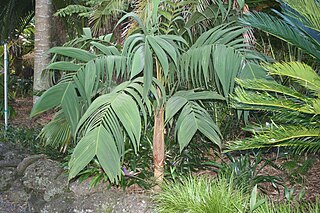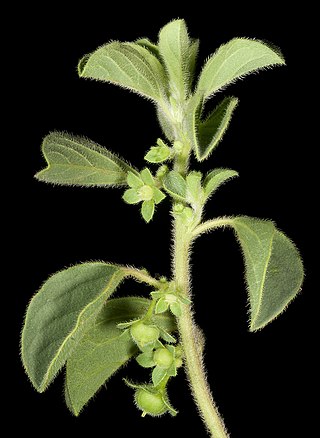Subtribe Andrachinae:
- Andrachne (also Eraeliss, Thelypotzium)
Subtribe Astrocasiinae:
- Astrocasia
Subtribe Flueggeinae:
- Breynia (also Foersteria, Forsteria, Melanthes, Melanthesa, Melanthesopsis)
- Flueggea (also Acidoton, Bessera, Colmeiroa, Geblera, Neowawraea, Pleiostemon, Villanova)
- Glochidion (also Agyneia, Bradleia, Bradleja, Coccoglochidion, Diasperus, Episteira, Glochidionopsis, Glochisandra, Gynoon, Lobocarpus, Pseudoglochidion, Tetraglochidion, Zarcoa)
- Margaritaria (also Calococcus, Prosorus, Wurtzia, Zygospermum)
- Phyllanthus (also Anisonema, Aporosella, Arachnodes, Ardinghalia, Asterandra, Cathetus, Ceramanthus, Chorisandra, Cicca, Clambus, Conami, Dendrophyllanthus, Dicholactina, Dimorphocladium, Emblica, Epistylium, Eriococcus, Fluggeopsis, Genesiphylla, Hemicicca, Hemiglochidion, Kirganelia, Leichhardtia, Lomanthes, Maborea, Macraea, Menarda, Mirobalanus, Moeroris, Nellica, Niruri, Nymania, Nymphanthus, Orbicularia, Oxalistylis, Ramsdenia, Reidia, Reverchonia, Rhopium, Roigia, Scepasma, Staurothylax, Synexemia, Tricarium, Uranthera, Urinaria, Williamia, Xylophylla)
- Richeriella
- Sauropus (also Aalius, Breyniopsis, Ceratogynum, Diplomorpha, Heterocalymnantha, Hexadena, Hexaspermum, Ibina, Synastemon, Synostemon)
Subtribe Leptopinae:
- Leptopus (also Andrachne, Chorisandrachne, Hexakestra, Hexakistra)
Subtribe Pseudolachnostylidinae:
- Chascotheca (also Chaenotheca)
- Keayodendron
- Meineckia (also Cluytiandra, Neopeltandra, Peltandra)
- Pseudolachnostylis
- Zimmermannia
- Zimmermanniopsis
Subtribe Securineginae:
- Securinega
|













